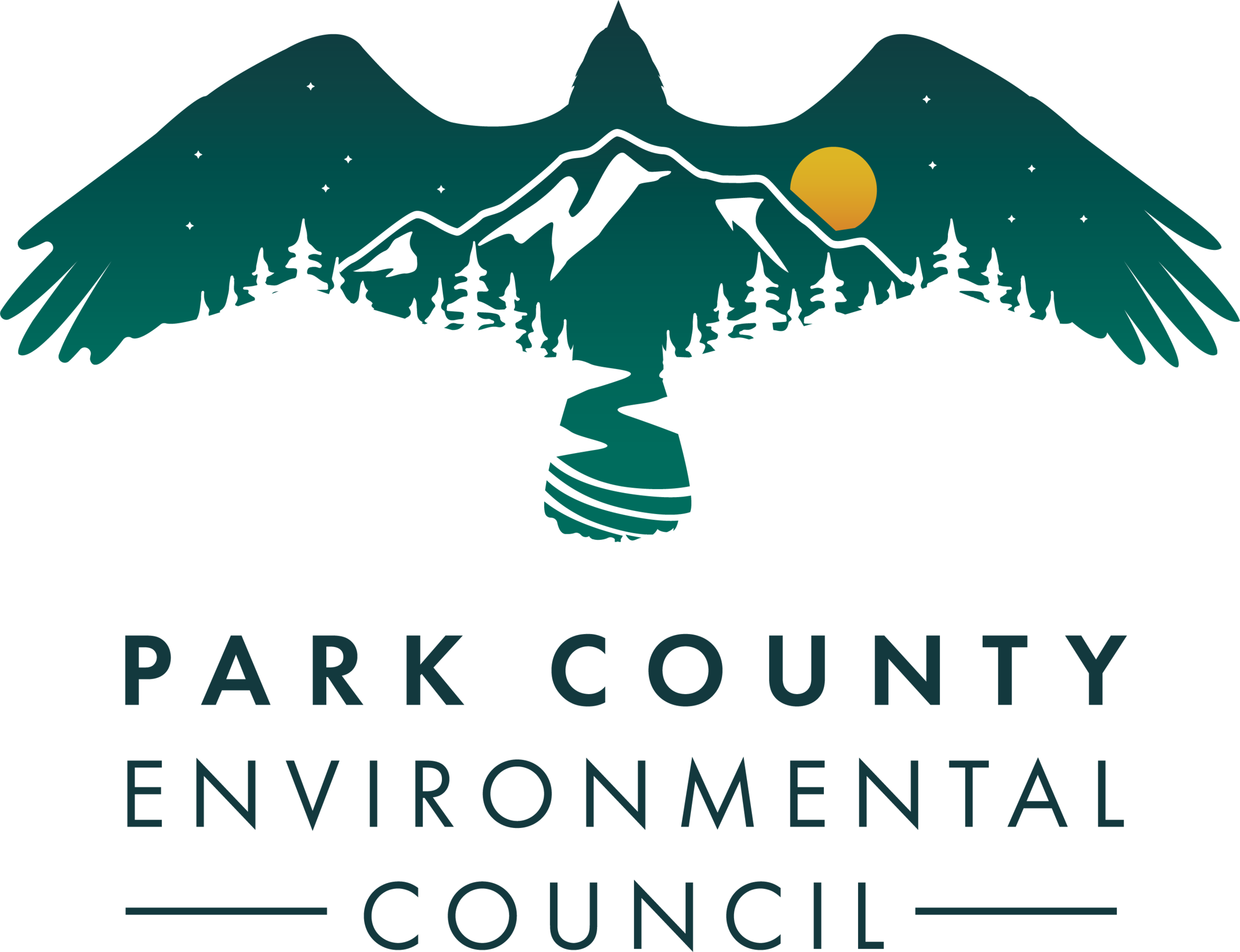Changes in the Crazy Mountains
Park County Environmental Council had a recent opportunity to tour high above the Crazy Mountains with our good friend Bruce Gordon of EcoFlight. I’d like to share a video reflection of this trip where I discuss the challenges and opportunities of working to protect a landscape as complicated as the Crazies.
It’s a good time for reflection. You may have been reading about the Crazy Mountains a lot lately. Between the recent series by the Montana Free Press and the news this week about the Lone Mountain Land Company purchase of the Crazy Mountain Ranch there is a lot happening in our backyard.
Like you, we’ve been eager to learn more about this purchase, and what it could mean for the land and our community. We were encouraged to read that the new owner has “no plans for residential subdivision or a commercial heliskiing operation at the property" and commitments to working “with neighbors, the community and the Forest Service”. But there is still a lot of uncertainty and fear about future management whenever a sale of this magnitude occurs near our community.
The Crazy Mountain Ranch is a keystone property for the Crazy Mountains because it includes several checkerboard inholdings in the southern part of the range. The ranch is adjacent to lands the Forest Service recommended for wilderness in their draft Forest Plan, and protecting the alpine lakes and wild habitat is essential to threatened species, like wolverine and Canada lynx. Historic public trails also cross the ranch to access the southern parts of the range. It’s a critical property to conserve and Park County Environmental Council is committed to working with the new landowners to help them honor their promise of keeping the property intact and being good stewards of the Crazy Mountains.
We’ve spent a lot of time in recent years in the Crazies, working to get to know our neighbors and develop solutions that address private-public land disputes. We’ve had success, too, rerouting the Porcupine Lowline Trail onto public land and trying to advance the East Crazies Land Exchange; a land swap that would consolidate 30 square miles of checkerboarded public land and reroute a disputed trail.
We hope we can work with these new owners too. We believe that by working together with local landowners and creating trust positions us all to become better stewards of this wild and working landscape. If information or new opportunities for conservation dialogue become available, we will be sure to share.
